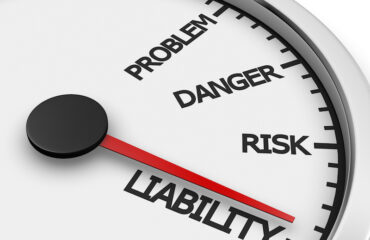By JSI Associate Thomas Page, Drug Recognition Expert Emeritus
The Drug Recognition Expert (DRE) program, procedure, and police officers constitute a systems approach to identifying, apprehending, and prosecuting the individual who drives while under the influence of a drug or drugs. The program and procedures were initially developed in the 1980s by Los Angeles, California, Police Department (LAPD) traffic enforcement officers. A primary impetus for the development of Drug Recognition Experts was the recognition that many drivers were impaired by drugs, in addition to, or other than alcohol.
Specialized Training for Drug Recognition Experts

Drug Recognition Experts, commonly referred to as DREs, have specialized training and develop skills in observing, documenting, and interpreting clinical and behavioral signs and symptoms of drug influence. In many United States courts the DRE officer is allowed to state an expert opinion about an individual’s ability to safely operate a vehicle. In February of 2017, the Supreme Court of Canada ruled that a DRE’s testimony could be introduced in court without a challenge to the DRE’s qualifications as an “expert.” Further, the DRE officer may be allowed to state an opinion as to the specific drug or drugs, based on categories, that the person is impaired by.
Although jurisdictions frequently define “under the influence” differently, generically under the influence means that a person’s ability to safely operate a vehicle has been decreased as a result of the presence of a drug (s). Thus, driving while fatigued is not “under the influence,” whereas driving fatigued due to taking a sleep-inducing medication is. Although the primary focus of DRE training is Driving Under the Influence (DUI) enforcement, the knowledge and skills mastered by DREs have applicability to many other fields, including drugs in the workplace, assessment of the accuracy of witness reports, domestic violence, child abuse, transportation and delivery of drugs, including controlled substances, and countless more. In addition, DRE-related training has been provided to medical professionals, including occupational nurses, physicians, psychiatrists, psychiatric technicians, social workers and public health professionals. DRE expertise may be helpful whenever drug-influence is at issue.

The DRE Procedure
The DRE is responsible for making three determinations: (1) that the person is in fact impaired and that the impairment is not consistent with the alcohol reading, if any; (2) determine if the impairment may be caused by a medical condition, that may require assessment or treatment; (3) determine the category (or categories) of substances responsible for the impairment.
In order to reach these three determinations, the DRE utilizes a 12-step procedure, sometimes (inaccurately) called a “protocol,” administered in a controlled environment such as a police station, that results in an opinion. If the opinion is that the person was under the influence at the time of driving, the individual is usually required to provide a blood sample that a toxicology laboratory tests for certain drugs and/or metabolites.
The drugs of abuse that DREs are concerned with are substances, whether designed to be used as drugs or not, that in small amounts, alter mood or behavior. These substances have a primary effect on the Central Nervous System (CNS).
The Categories of Drugs

Drug Recognition Experts use a seven category schema, which classifies drugs based on a shared pattern of detectable effects, rather than a classification system based on legality, or chemical make-up. The substances within a category have similar effects. Generally, if an individual is tolerant to one of the drugs in the category, he/she will be tolerant to the other drugs. And probably most relevantly, if an individual is unable to obtain his/her drug of choice in a category, another drug from that category may be substituted. A current, and classic, example of this is what is occurring with heroin, fentanyl, and oxycodone.
The seven drug categories are:
- Central Nervous System Depressants, such as alcohol.
- Inhalants
- Dissociative Anesthetics, such as PCP and its analogues
- Cannabis
- Central Nervous System Stimulants, such as cocaine or methamphetamine
- Hallucinogens, such as Ecstasy
- Narcotic Analgesics such as heroin and morphine
Unfortunately, poly-drug use is the rule these days. That means that people use more than one drug at the same time, or serially. The effects of one drug may reinforce the effect of another, may partially mitigate the effects, may prolong, or may add on entirely new effects.
Since its humble beginnings in Los Angeles nearly forty years ago, the Drug Recognition Experts program has grown to include DRE officers in all 50 U.S. States, all Canadian provinces, and a number of other countries. Over 7,000 officers are now recognized as DREs by the International Association of Chiefs of Police. These dedicated and highly-skilled officers are making our roads safer by identifying and apprehending the drug-impaired driver.
Get more articles like this
in your inbox
Subscribe to our mailing list and get the latest information and updates to your email inbox.
Thank you for subscribing.
Something went wrong.






